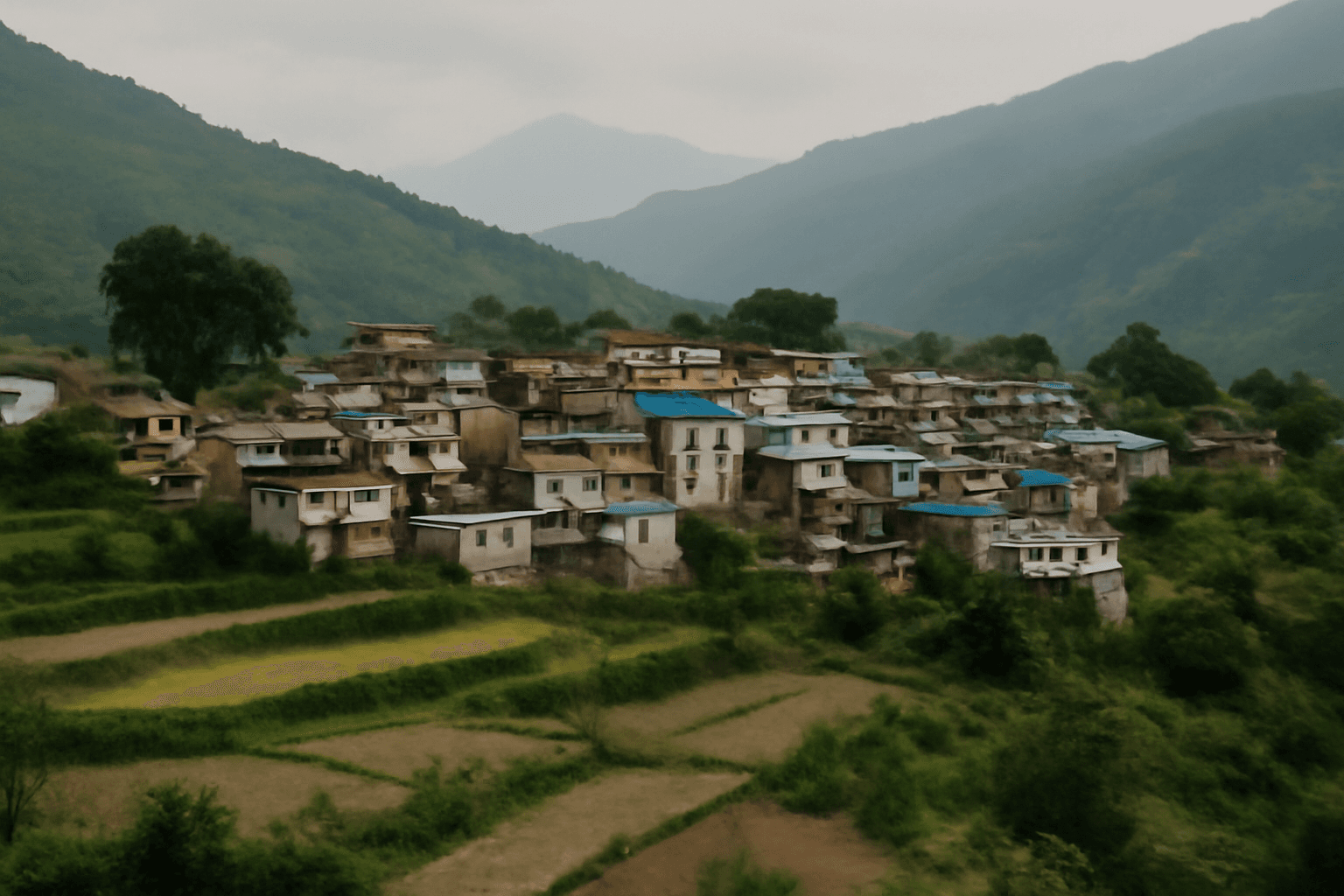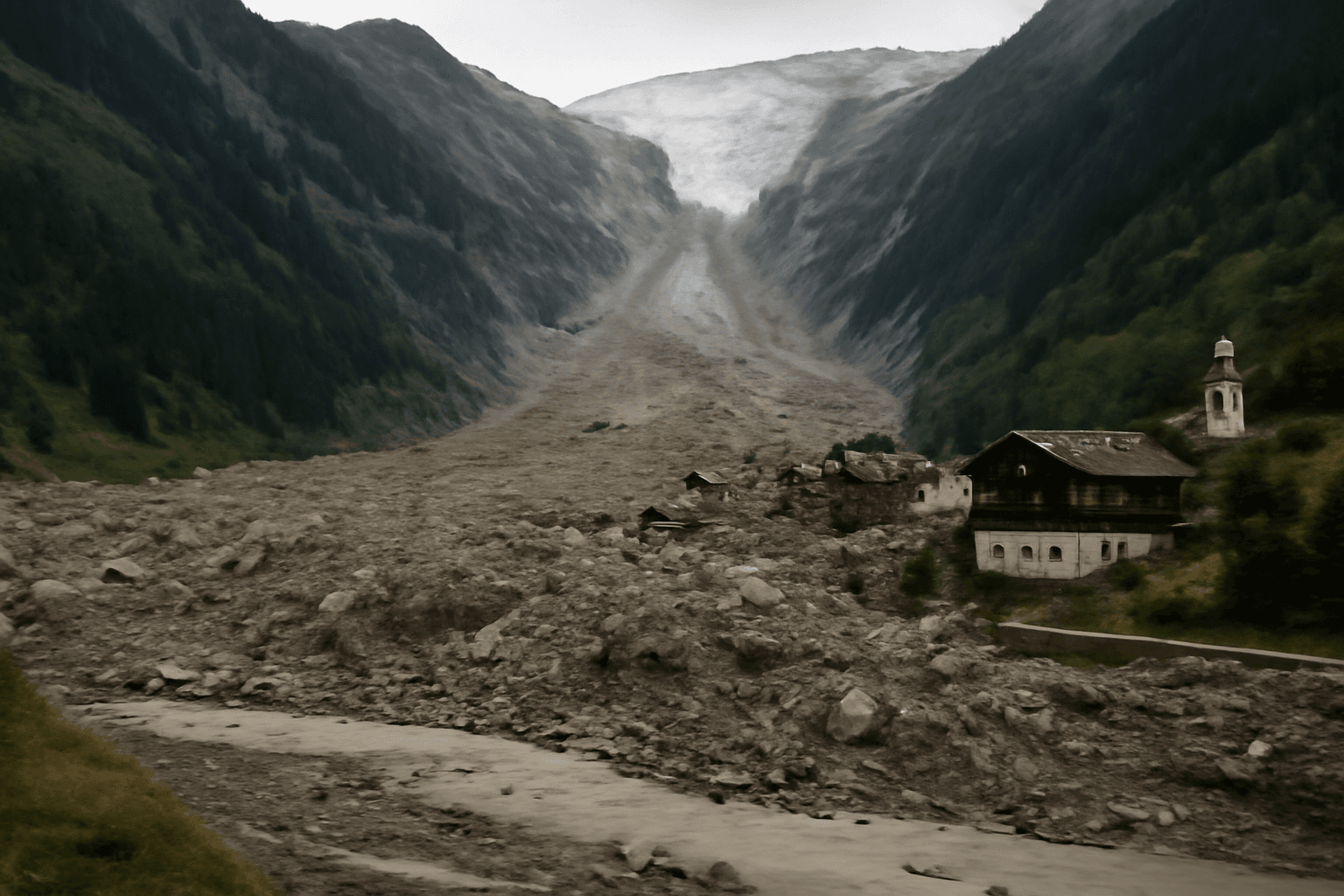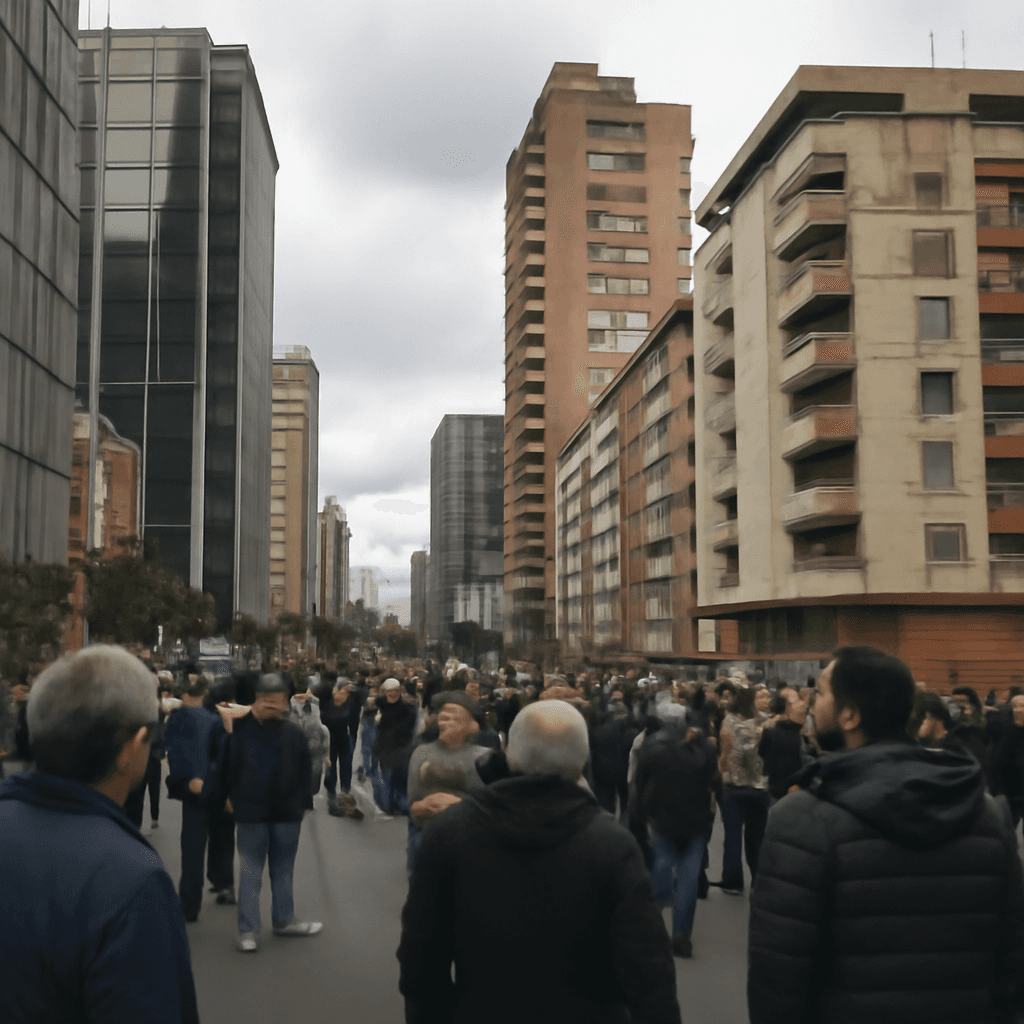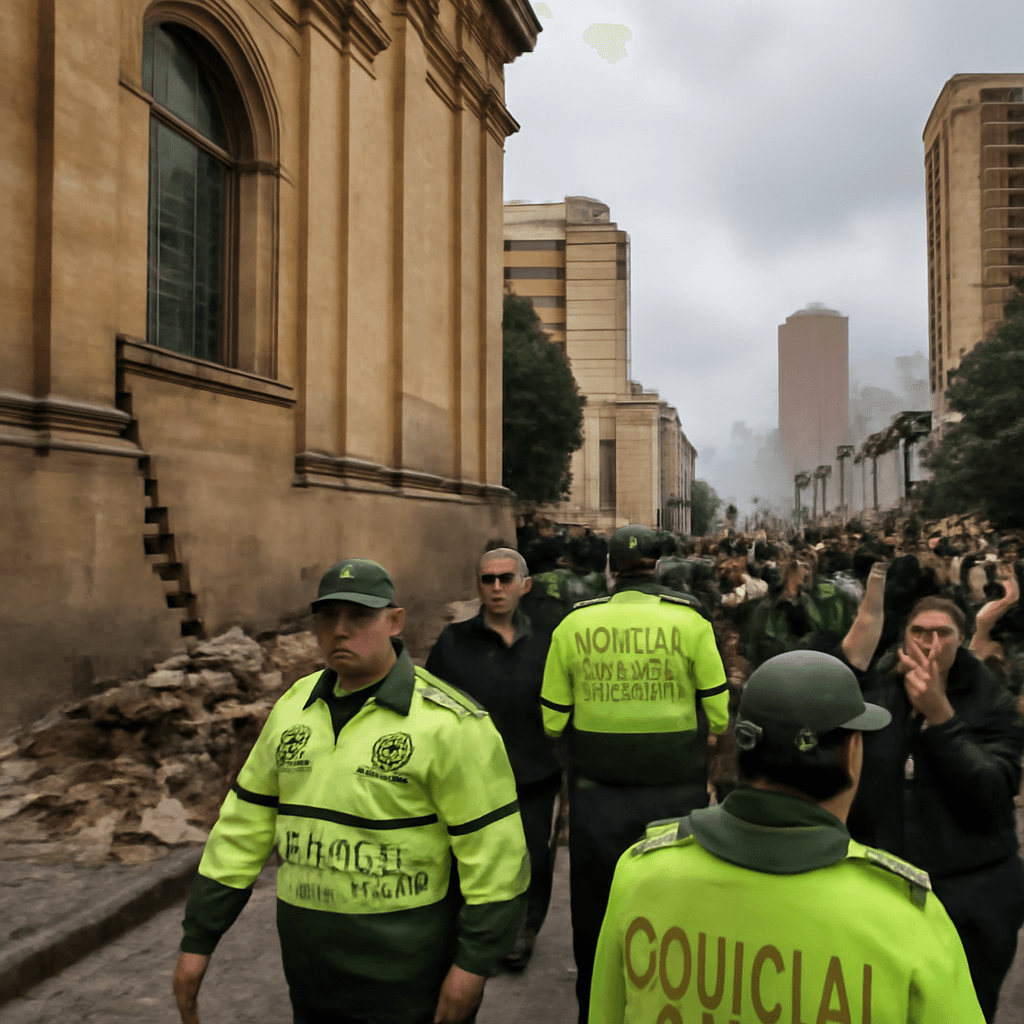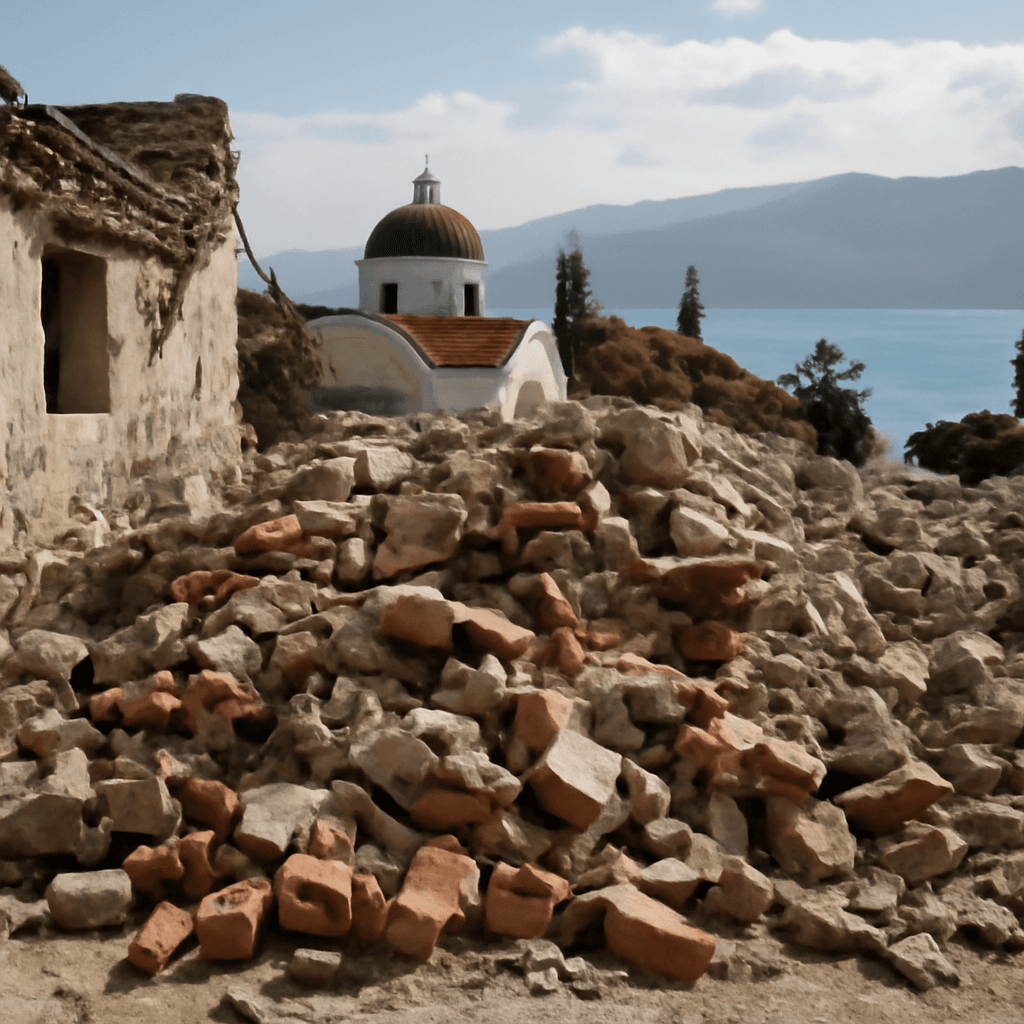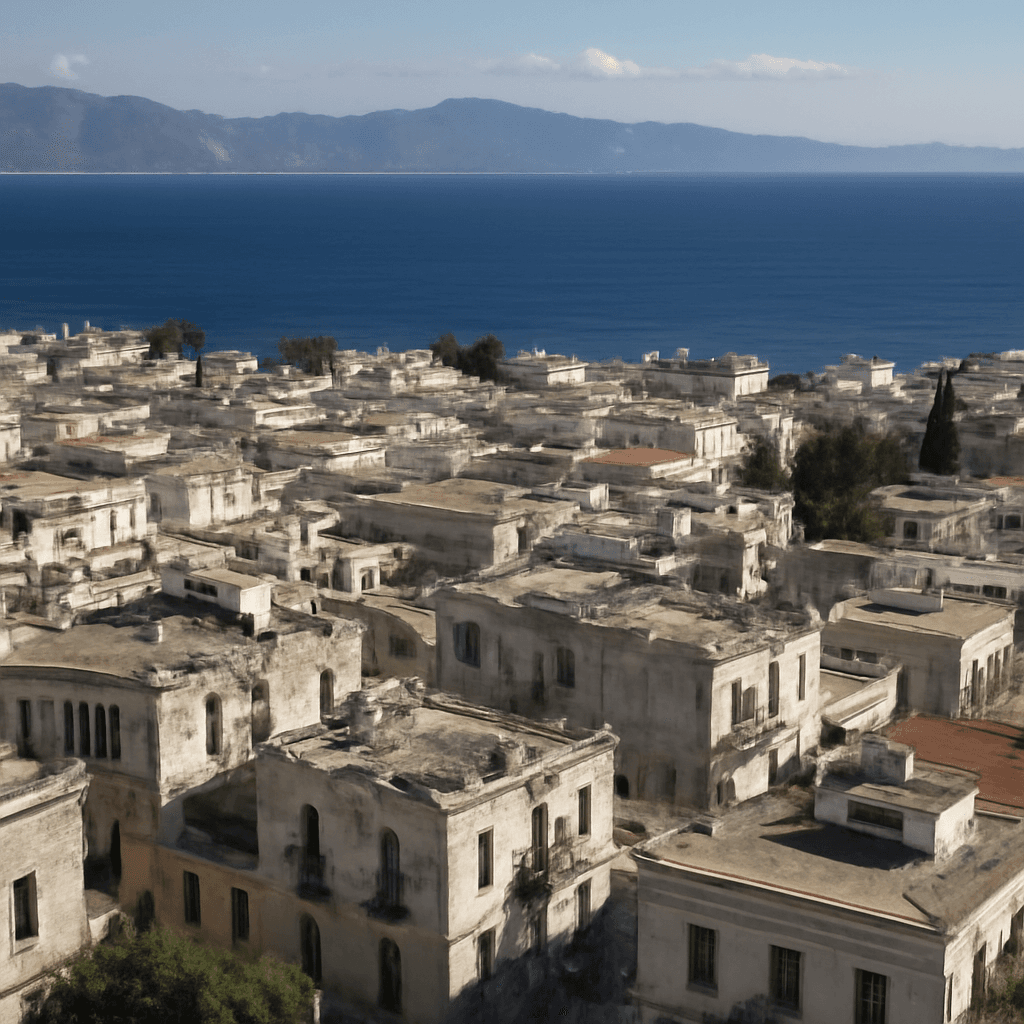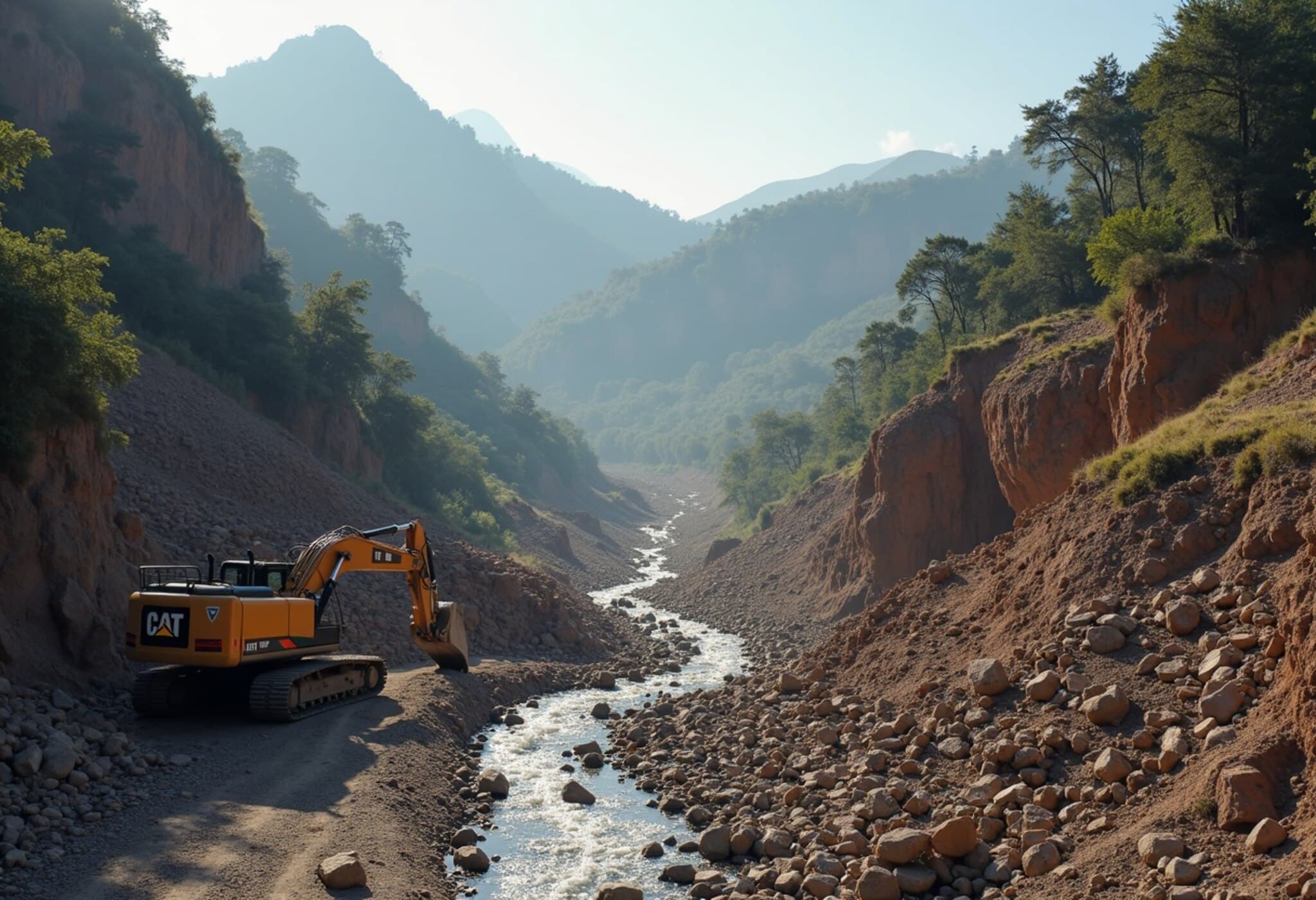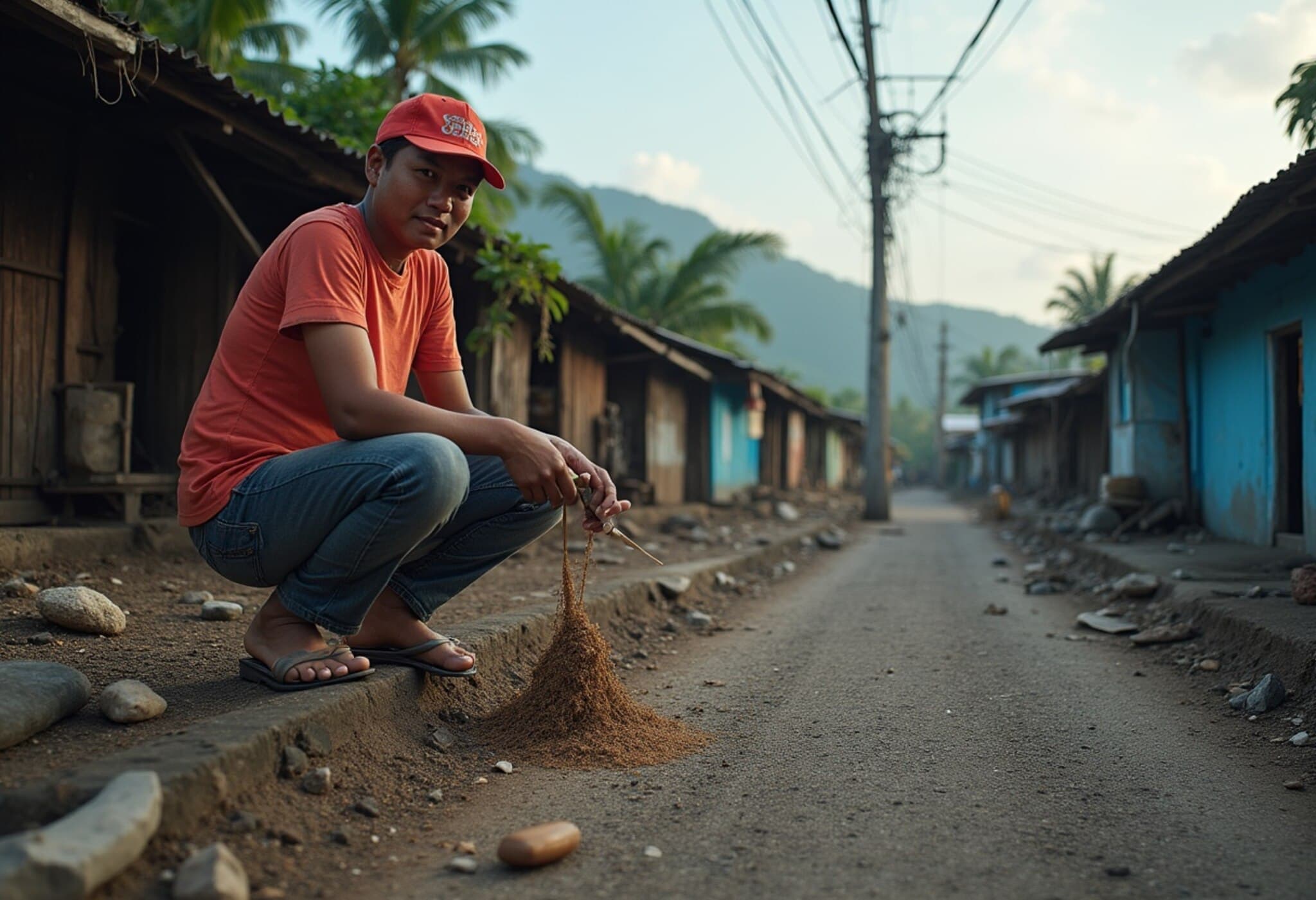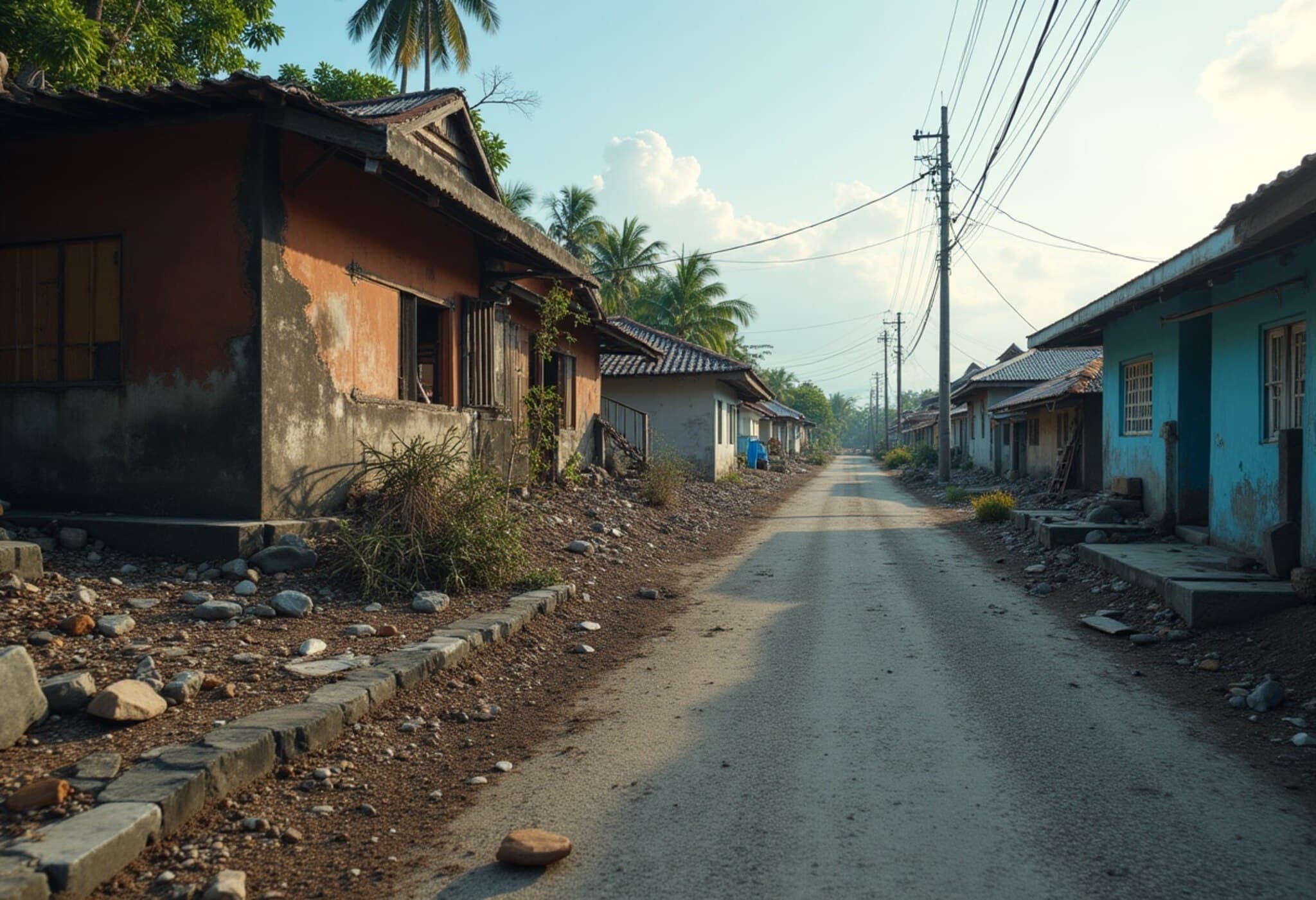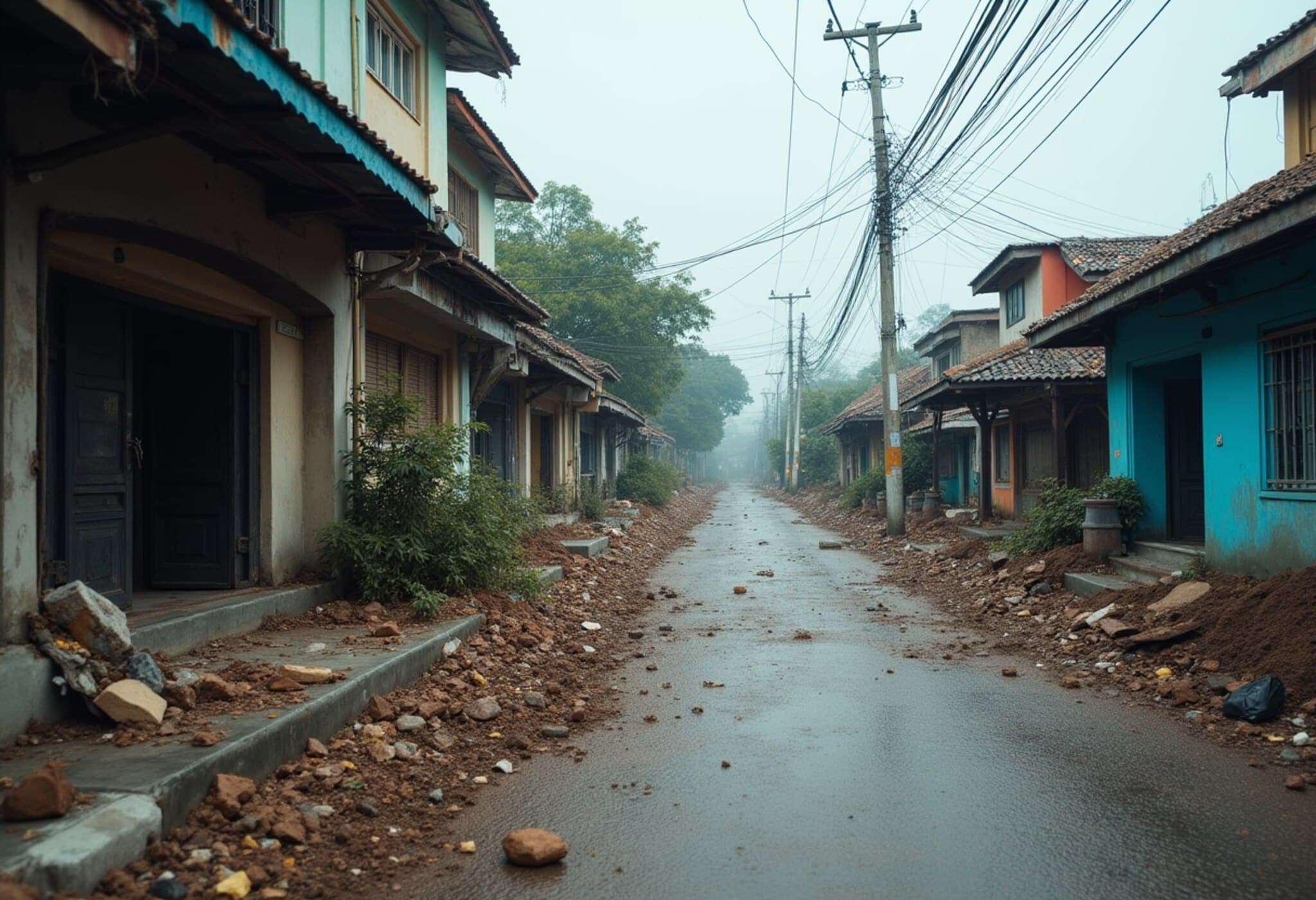Magnitude 6.6 Earthquake Shakes South Pacific Near Samoa
A significant magnitude 6.6 earthquake rattled the South Pacific region close to the island nation of Samoa on Friday, July 25, 2025, sparking brief international concern but fortunately causing no reported damage or casualties. The quake epicenter was located approximately 440 kilometers (273 miles) southwest of Samoa’s capital city, Apia.
Deep Tremor Lessens Surface Impact
According to data provided by the United States Geological Survey (USGS), the earthquake occurred at a depth of about 314 kilometers (195 miles) beneath the Earth’s surface. Experts explain that while the magnitude is relatively high, the considerable depth of the quake reduces the intensity of ground shaking felt on the surface, which likely minimized any damage or injuries.
Authorities Confirm No Tsunami Threat
- Samoa Meteorological Services quickly reassured the public that the earthquake did not generate a tsunami threat.
- The Pacific Tsunami Warning Center based in Honolulu echoed this assessment, calming fears across the vast Pacific region.
Jarrett Malifa, a staff member at the Samoa Observer, confirmed via email that no damage or injuries had been reported in the immediate aftermath.
Context: Samoa’s Vulnerability in the “Ring of Fire”
Samoa sits on the so-called “Ring of Fire”, an arc of intense seismic activity stretching around the Pacific Ocean basin. This region is notorious for frequent earthquakes and volcanic eruptions due to its position along multiple tectonic plate boundaries.
The history of seismic events in this area is sobering. In 2009, a series of powerful earthquakes struck between Samoa and the nearby US territory of American Samoa, generating tsunamis that tragically claimed over 190 lives across Samoa, American Samoa, and Tonga. This shared history underscores the importance of swift, accurate assessments following seismic disturbances.
Expert Insight: Preparing for the Next Big One
Seismologists emphasize that while this recent earthquake was deep and non-destructive, communities in the South Pacific must stay vigilant. The depth and magnitude of an earthquake, combined with local geology and infrastructure resilience, ultimately determine the level of impact.
Samala-based geophysicist Dr. Leilani Taufao notes, "The 2025 quake serves as a reminder of the seismic volatility in our region. Preparedness and public awareness are crucial to minimizing future disasters, especially given our proximity to the Ring of Fire."
Looking Ahead: Early Warning Systems and Regional Cooperation
The coordinated efforts between Samoa Meteorological Services and international bodies like the USGS and Pacific Tsunami Warning Center exemplify the value of international cooperation in disaster risk reduction. Continuous improvements in early warning systems, public education, and infrastructure adaptation remain paramount for island nations vulnerable to seismic risks.
Key Takeaways:
- The 6.6 magnitude earthquake was deep enough to avoid surface disaster.
- Officials confirmed no tsunami threat following the event.
- Historical context reinforces the need for vigilance in the "Ring of Fire" region.
- Strengthened early warning systems can save lives in future seismic events.
Editor’s Note
This event highlights the complex interplay between earthquake magnitude, depth, and regional preparedness. While today’s earthquake caused no harm, the history of devastating tsunamis in the region serves as a solemn reminder that vigilance and investment in disaster readiness can never be sidelined. Readers interested in the broader implications may consider how island nations worldwide are adapting to increasing seismic risks intensified by climate change and evolving urban landscapes.


